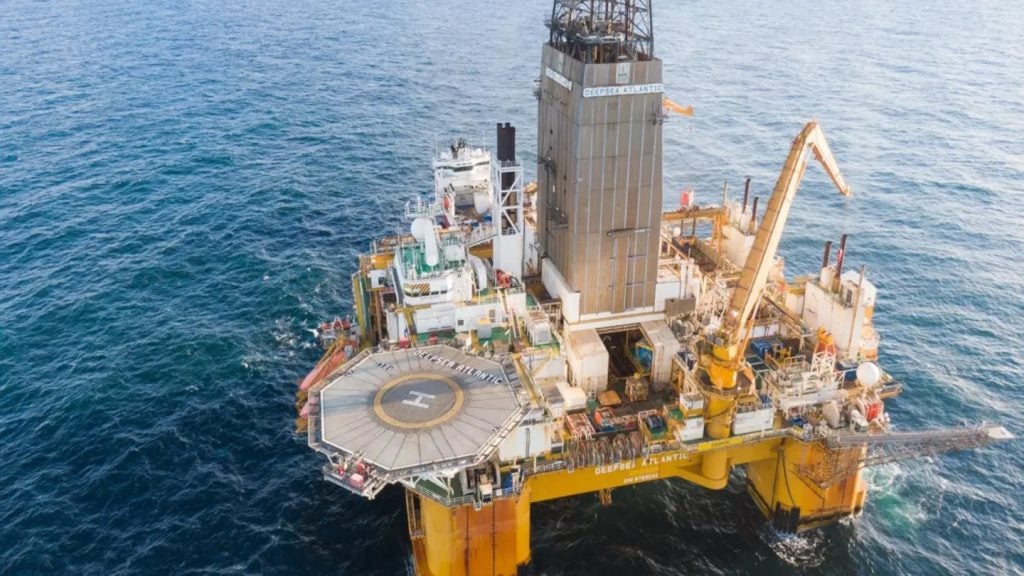Equinor Energy has announced a new oil and gas discovery at the Ringland prospect in the North Sea, located within production licences PL 923/923B.
The discovery was made approximately 17km west of the Troll field in water depths of 304m.
Preliminary estimates suggest the reserves could hold between two and 12 million barrels of oil equivalent.
Equinor holds a 60% operatorship stake in PL 923/923B, with partners DNO Norge and Petoro each holding a 20% interest.
Equinor, along with its partners, is considering development options that could utilise the nearby Troll øst and Fram area facilities.
Equinor NCS Exploration & Production West senior vice-president Geir Sørtveit said: “It is a small discovery, but in an interesting area that we plan to further explore with much existing infrastructure. If more discoveries are made, it may be relevant to combine these to ensure good resource utilisation and the best possible economy.”
The well 31/1-4, drilled to a vertical depth of 3,772m below sea level by the Deepsea Atlantic drilling rig, is the seventh exploration well in the licence area.
The Norwegian Offshore Directorate reported that the well concluded in the Amundsen formation of the Lower Jurassic period.
The primary goal of the exploration was to confirm the presence of petroleum in the Middle Jurassic reservoir rocks, specifically in the Ness, Etive and Oseberg formations. The secondary target was to find petroleum in the Lower Jurassic reservoir rocks of the Cook formation.
The well succeeded in encountering a 112m gas column across the Ness, Etive and Oseberg formations and a 16m oil column in the Oseberg formation.
The Ness formation revealed 14m of poor-quality sandstone reservoir, while the Etive and Oseberg formations had 46m of sandstone reservoir with poor-to-moderate quality.
Additionally, a 13m gas column was found in the Drake formation's sandstone with moderate reservoir quality.
A 6m aquiferous sandstone layer with moderate reservoir quality was also detected in the Cook formation.
The gas-oil contact was identified at 3,489m below sea level and the oil-water contact at 3,505m.









